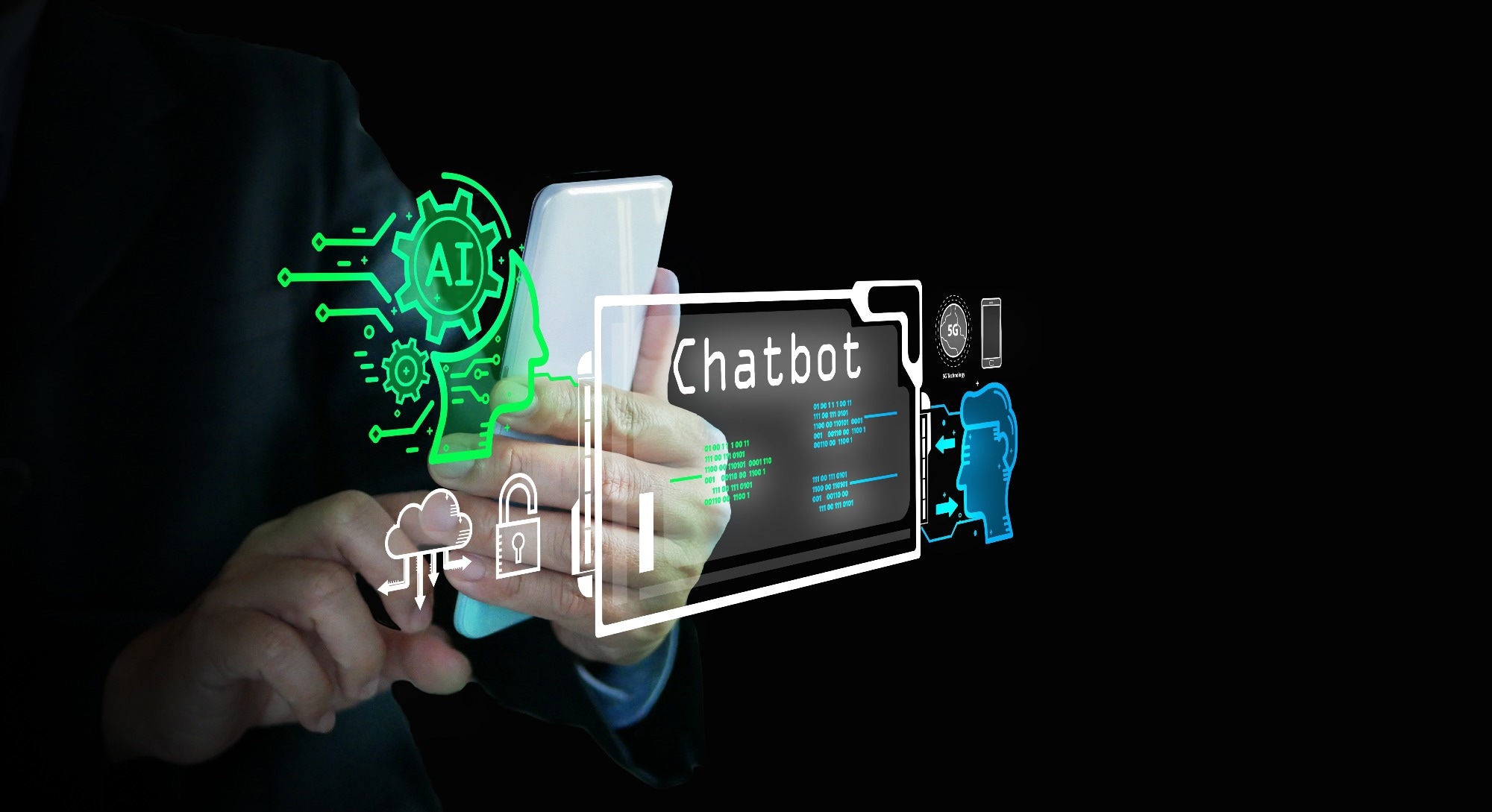In an article published in the journal Nature, researchers introduced ChatExtract, a method utilizing conversational large language models (LLMs) for automated and highly accurate data extraction from research papers. Unlike existing methods, ChatExtract minimized upfront effort and coding, employing engineered prompts and follow-up questions to ensure data correctness. Tested on materials data, ChatExtract achieved close to 90% precision and recall, showcasing its simplicity, transferability, and accuracy.
 Study: ChatExtract: Revolutionizing Data Extraction with Conversational LLMs. Image credit: Ole.CNX/Shutterstock
Study: ChatExtract: Revolutionizing Data Extraction with Conversational LLMs. Image credit: Ole.CNX/Shutterstock
Background
Automated data extraction from research papers has gained prominence, particularly in materials science, leveraging natural language processing (NLP) and LLMs. Prior approaches, reliant on parsing rules, model fine-tuning, or both, demanded substantial upfront effort and expertise, limiting accessibility. The advent of LLMs, especially conversational ones like ChatGPT, offers a new avenue for efficient information extraction with minimal initial effort. This paper addressed the limitations of existing methods by introducing ChatExtract, a zero-shot extraction method employing well-engineered prompts and follow-up questions.
Prompt engineering, proven effective in image generation, was adapted for data extraction, showcasing the flexibility and accuracy of conversational LLMs. The approach achieved impressive precision and recall rates, overcoming errors and hallucinations in data extraction. The method's generality, demonstrated with materials data, presented a breakthrough, enabling widespread adoption for diverse information extraction tasks. As the field moved toward standard practices in data extraction akin to prompt engineering, ChatExtract emerged as a powerful, LLM-independent tool with potential applications across various domains. This paper established a foundational method, foreseeing its continued relevance and effectiveness among the ongoing advancements in LLMs.
Methods
ChatExtract, a two-stage workflow, employed engineered prompts for automated structured data extraction. Stage A involved a relevancy prompt to identify data-containing sentences. In Stage B, positively classified sentences underwent precision-focused extraction with tailored prompts. Key features included handling missing data, inducing uncertainty for accurate responses, and enforcing a strict yes/no format. The workflow optimally utilized the conversational model's information retention, repeating text in each prompt. Despite its simplicity, ChatExtract demonstrated adaptability and effectiveness, making it a promising tool for diverse data extraction tasks.
The authors evaluated the performance of ChatExtract, a method for automated data extraction, using statistical measures of precision and recall. The evaluation was conducted on input text passages consisting of a target sentence, its preceding sentence, and the title. True positives and false negatives were defined concerning each passage, with the ground truth represented by hand-extracted triplets of material, value, and unit. The concept of "equivalent" triplets was introduced, requiring identical units and values, as well as uniquely identifying material names. The assessment considered scenarios with zero, one, and multiple triplets in both ground truth and extracted data, ensuring a rigorous evaluation of ChatExtract's accuracy.
The implementation utilized OpenAI's ChatGPT API, specifically the gpt-3.5-turbo-0301 snapshot model for GPT-3.5 and the gpt-4-0314 snapshot model for GPT-4. The parameters were set for maximum reproducibility and consistency in responses. The evaluation also included the LLaMA2-chat 70B model. System prompts were not employed in any of the models. For critical cooling rate extraction using ChemDataExtractor2, a specifier expression was prepared based on various representations found in the test data.
The ChatExtract method demonstrated flexibility, accuracy, and efficiency in extracting materials properties. The rigorous assessment methodology accounted for different scenarios and provided insights into the model's performance. The reliance on conversational LLMs, such as ChatGPT, showcased the potential for widespread adoption due to simplicity and effectiveness, even in zero-shot scenarios. The researchers emphasized the independence of ChatExtract from specific LLMs, highlighting its adaptability to future improvements in LLMs.
Results and Discussion
The authors evaluated ChatExtract's performance in extracting material properties data, focusing on challenging cases like bulk modulus. Ground truth data was manually extracted from 100 relevant sentences, and precision and recall were assessed. ChatGPT-4 achieved a remarkable 90.8% precision and 87.7% recall, highlighting its effectiveness in a zero-shot, no-fine-tuning approach. The redundant prompts introduced uncertainty, and the conversational aspect contributed to success. Removing follow-up questions significantly reduced precision, emphasizing their importance in preventing model hallucinations. The information retention in the conversational model proved crucial, as starting new conversations lowered recall.
Additionally, the authors compared ChatGPT models with LLaMA2-chat and evaluated ChemDataExtractor2, showing ChatExtract's superiority. LLaMA2-chat achieved a precision of 61.5% and recall of 62.9%, comparable to ChatGPT-3.5. Despite better performance, ChatGPT models were proprietary, while LLaMA2 was an alternative with room for improvement. The evaluation of ChemDataExtractor2 demonstrated ChatExtract's higher precision and recall. ChatExtract, leveraging advanced LLMs, presented a powerful, flexible, and efficient method for automated data extraction from diverse texts.
The researchers introduced two materials property databases, one for metallic glass critical cooling rates and another for high entropy alloy yield strengths, using the ChatExtract approach. Three database forms were presented: raw, cleaned (removing duplicates), and standardized. The critical cooling rates database was evaluated against a manually extracted ground truth, demonstrating ChatExtract's precision and recall. Challenges included ambiguous material names and ranges/limits.
The standardized database yielded 91.9% precision and 84.2% recall. Similarly, a substantial yield strength database for high entropy alloys was created. The ChatExtract approach proved robust, generating a significant amount of quality data efficiently. The study emphasized the generalizability of ChatExtract while addressing potential future developments for more specific data extractions.
Conclusion
In conclusion, the researchers demonstrated the efficacy of ChatExtract, a conversational LLM approach utilizing ChatGPT, for high-quality materials data extraction. Achieving over 90% precision and 87.7% recall on bulk modulus data and 91.6% precision and 83.6% recall on critical cooling rates, the method succeeded in purposeful redundancy and information retention through follow-up questions. Two databases created with ChatExtract showcased its versatility, providing an opportunity to replace labor-intensive methods. The approach's independence from the model suggested potential improvements with advancements in LLMs.